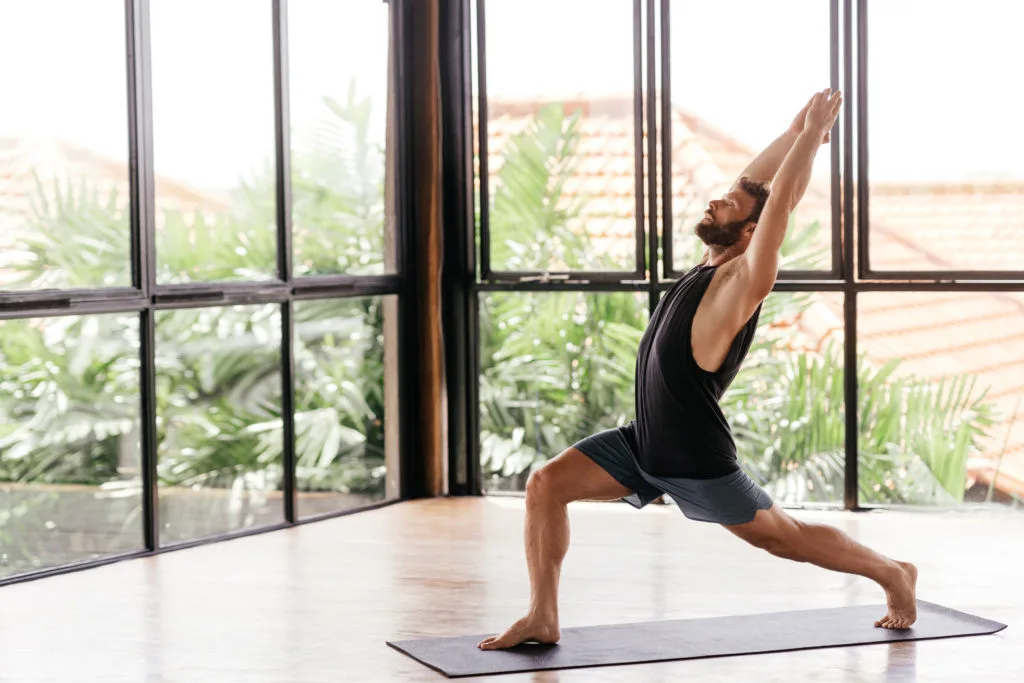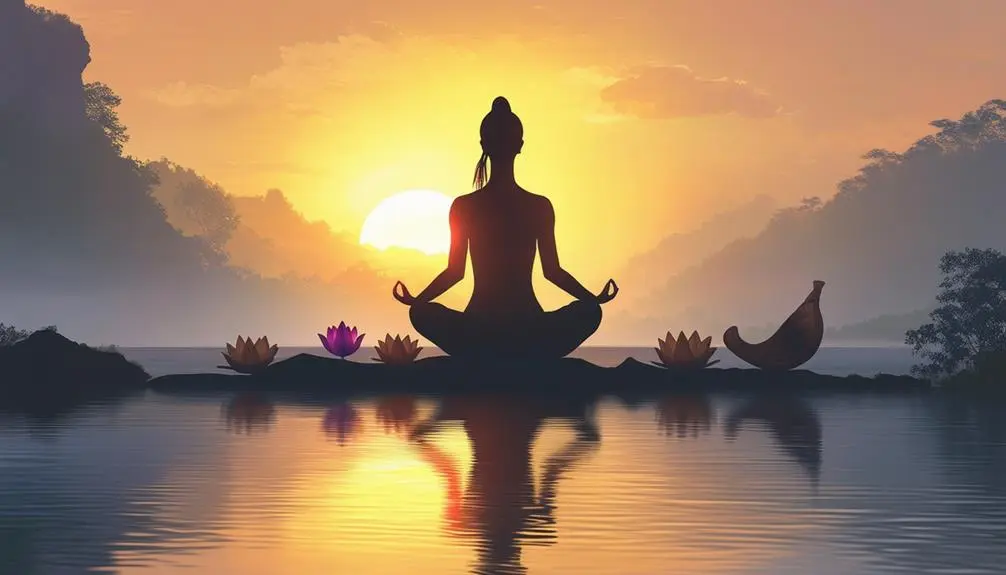The 6 Best Positions for Practicing Meditation
When we think of meditation, we often conjure up the image of someone sitting peacefully still with eyes closed, a blissful smile and legs twisted into a pretzel-like shape. Although Full Lotus pose certainly has benefits, the most essential part of a meditation position is that it facilitates stability and a solid foundation for your practice–a quality not necessarily inherent of a picture-perfect posture. Meditation is about the mind, not the body, so if discomfort is keeping you from committing to (or beginning) a meditation practice, there are six main options you can explore to find a comfortable position to practice meditation.
The 3 Best Seated Meditation Positions
-
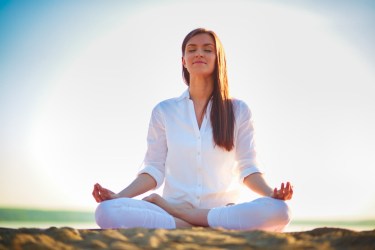
Cross-legged Meditation position
Cross-legged position: Meditating cross-legged is an excellent option for those with open hips and no joint problems. Sitting with crossed legs is symmetrical, secure, feels grounding, and allows for an unrestricted flow of prana throughout the body. There are several different variations of crossed-legged positions to suit different body types. For additional lower back support, consider leaning against a wall or a cushion, or extending your legs out in front of you; while this can be regarded as disrespectful toward a teacher or deity in some cultures, it’s perfectly acceptable in your own practice.
-
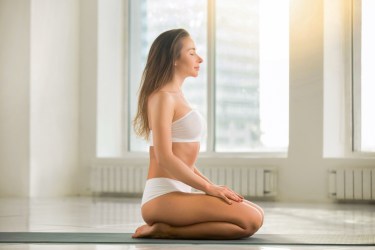
kneeling meditation position
Kneeling position: If you prefer to sit on the ground, but crossed legs are causing discomfort, kneeling in Hero pose is another possibility for a grounding meditation seat that lengthens the spine. Either sit back on your heels or add cushions underneath your sit bones to help alleviate weight-bearing stress on your lower body. You can also find a kneeling posture using a yoga block, bolster, meditation pillow or meditation bench.
- Chair position: Many people find that it’s most comfortable to meditate while sitting on a chair. A chair should facilitate stability and an upright torso, so although it’s tempting, don’t run for the cushy sofa or your favorite recliner. If possible, sit near the edge of the chair, with a straight spine, relaxed shoulders and hands in your lap. If your feet don’t reach the floor, find a cushion or prop to ground them. For additional lower back support, gently lean against a pillow.
The 3 Best Non-Seated Meditation Positions
-
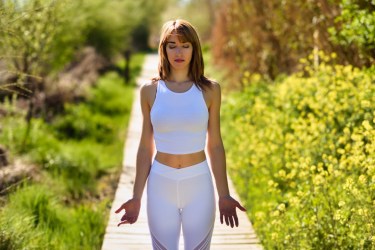
Standing Meditation Position
Standing position: Although it might not coincide with our idea of meditation, it’s also possible to meditate while standing (and common to do so in Qi Gong, various martial arts and Korean Zen practices). For a basic stable standing posture, ground yourself with your legs about hips distance apart and feet facing forward or slightly outward. Relax your upper body, find a slight bend in your knees and let your hands rest gently on your belly. Those accustomed to seated meditation might discover that it feels powerful to stand during meditation and that it’s easier to keep the mind alert and focused, but actively standing is more physically demanding than you might suspect. Begin your practice in moderation, standing for a few minutes and increasing time as you feel more confident with your posture.
-
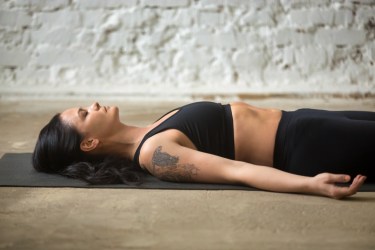
Lying down meditation position
Lying down position: I’ve been taught that lying down is an advanced meditation position; this is because in a supine position, your body expects to sleep! However, if you keep an alert mind and overcome the urge to drift off, lying in the floor, either flat on your back or with props under your head and knees, can be a fantastic way to calm your mind, alleviate stress and restore your body during meditation, concentration or visualization exercises.
-

Walking meditation position
Walking position: Walking meditation is just as common as seated meditation in many Buddhist traditions. Like the other categories listed, there are many different variations of walking (and other movement-based) meditation practices. By focusing your attention on the sensations underneath your feet, the earth in front of you, your breath, or anything else that manifests as you slowly move your body through space, walking meditation can easily lead us toward applying this sense of awareness towards other parts of our lives.
Regardless of your posture, if you’re struggling to find focus in meditation, the best thing you can do is practice! Find something to enjoy about the meditation process and trust that while we don’t always see results during a single session, “progress” is something we can track in our approach to our day-to-day lives.
Viewing ads supports YogaBasics. Remove ads with a membership. Thanks!
Do you have an ideal position for meditation? Please feel free to share your wisdom in the comment section below.

